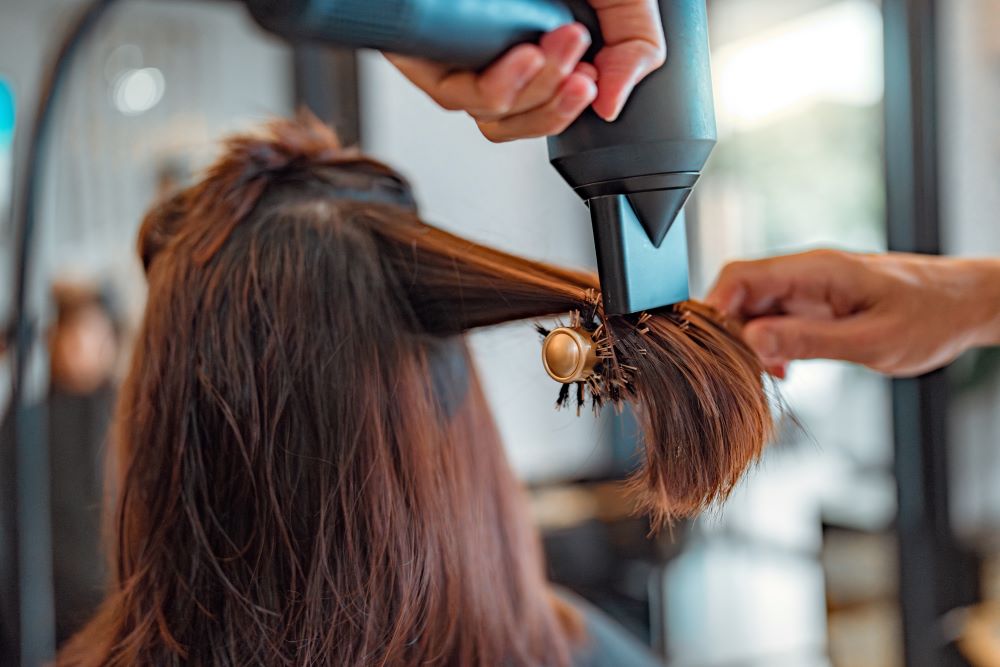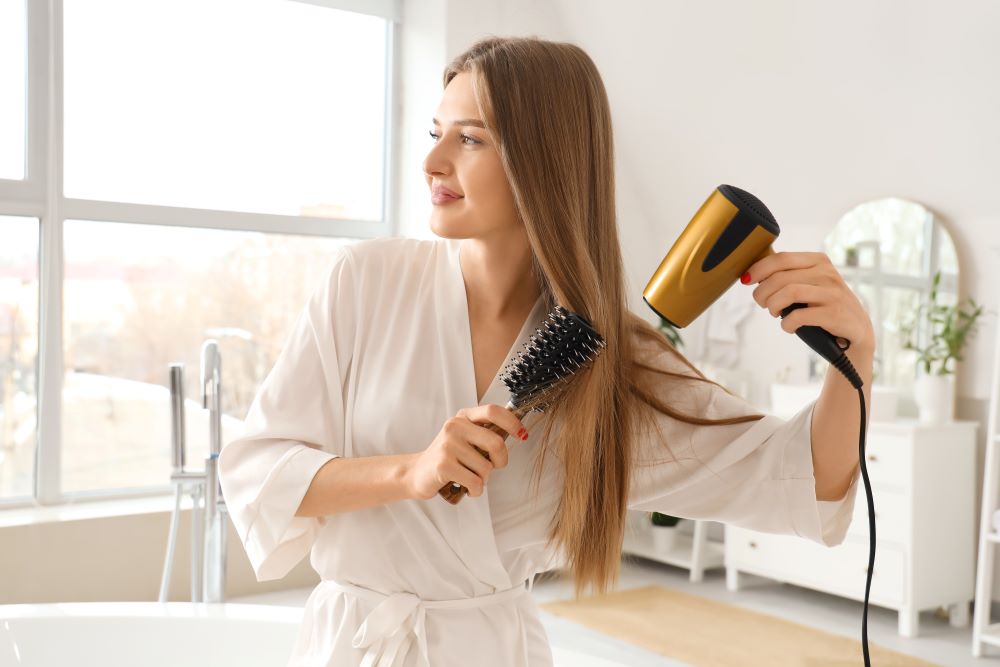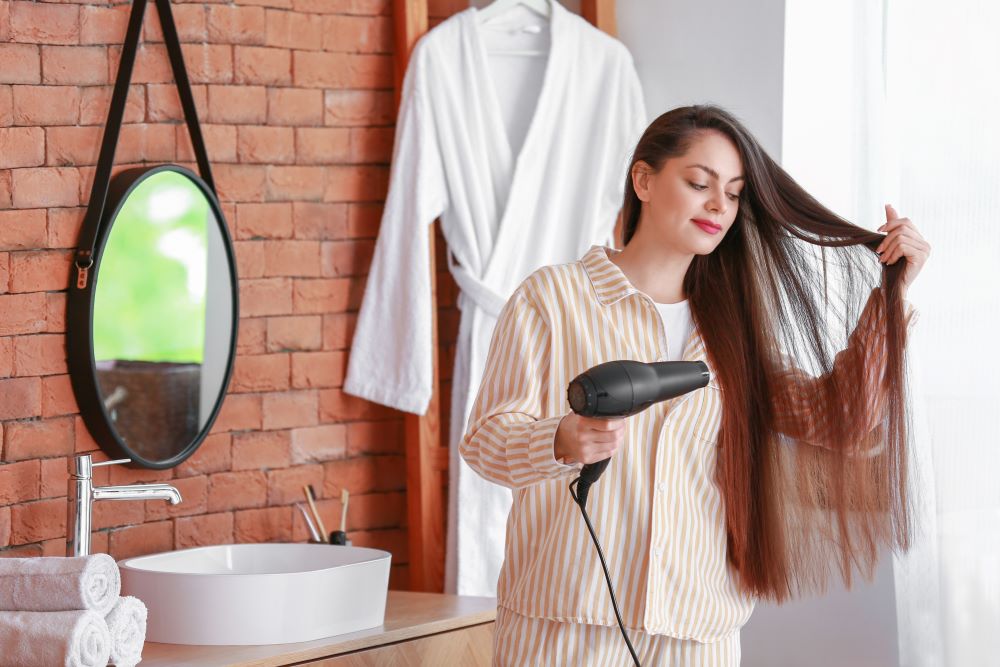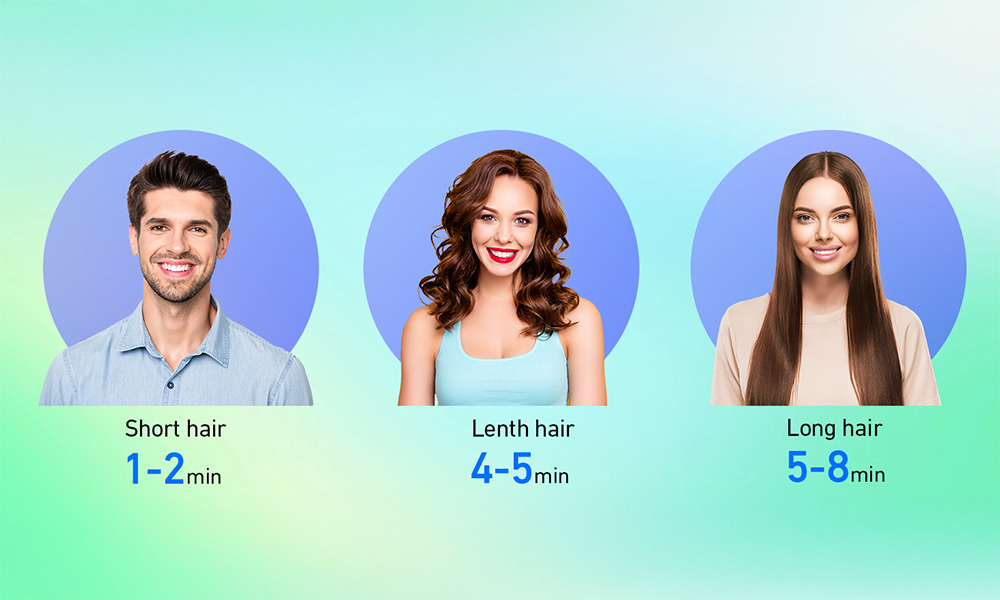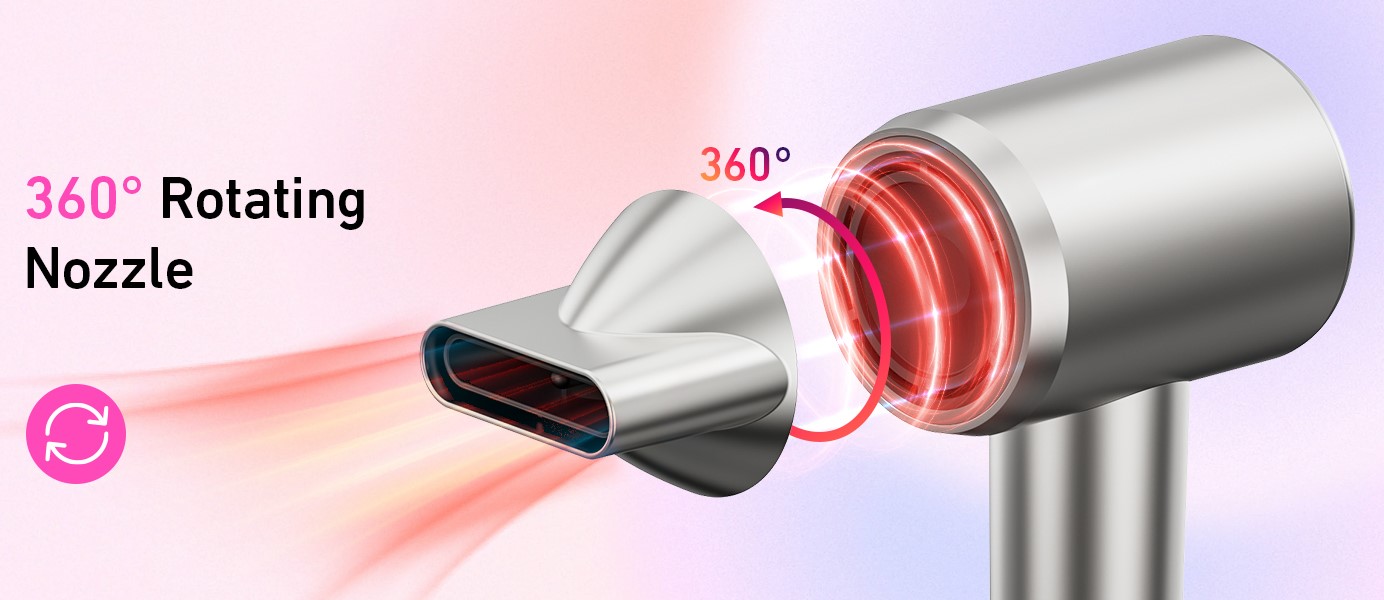
- Home
- Hair Dryer
- Hair Care Tips
- Nourishing Your Hair: A Step-by-Step Guide to At-Home Care
Nourishing Your Hair: A Step-by-Step Guide to At-Home Care
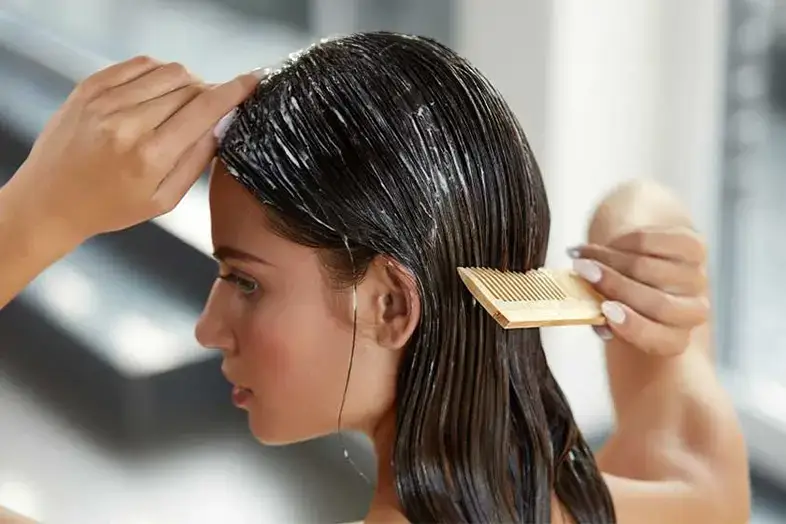
Recognizing your hair type is the cornerstone of effective hair care. Hair types are commonly categorized by their texture and volume, ranging from straight to curly, and fine to thick. Each type has unique needs, influencing the choice of products and care methods. Identifying your hair type helps tailor your hair care routine to enhance its natural beauty and address specific concerns such as dryness, oiliness, or fragility.
A healthy scalp is the bedrock of hair health. It’s where hair follicles reside and it’s pivotal for hair growth. Issues like dandruff, oiliness, or dryness can not only affect hair quality but also its growth. Maintaining scalp health involves regular cleansing, exfoliation, and nourishment to ensure a balanced environment that fosters healthy hair growth.
The Basics of Hair Nourishment
The Role of Diet in Hair Health
Just as your body requires nutrients for health and vitality, your hair thrives on a well-balanced diet. Protein, the building block of hair, along with vitamins A, C, D, E, minerals like zinc and iron, and omega-3 fatty acids, are essential for hair strength, shine, and growth. Incorporating a variety of whole foods into your diet can help address hair health from the inside out.
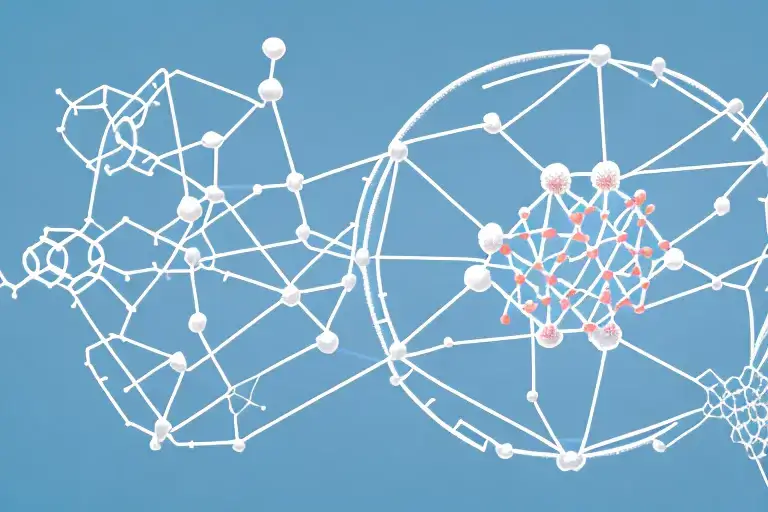
Hydration: Inside Out
Hydration is crucial for maintaining hair elasticity and preventing breakage. While topical moisturizers and oils can help, drinking adequate water is fundamental for hydrating hair from within. A well-hydrated body supports healthier, more resilient hair.
Daily Hair Care Rituals
Cleansing: Choosing the Right Shampoo
Selecting a shampoo that’s suited to your hair type and concerns (such as dryness, oiliness, or color-treated hair) is vital. Gentle, sulfate-free shampoos can cleanse without stripping hair of its natural oils, preserving its natural health and shine.
Conditioning: Techniques and Tips
Conditioners restore moisture and elasticity lost during shampooing. For best results, concentrate conditioner on the mid-lengths and ends while avoiding the scalp to prevent oiliness. Leave-in conditioners can provide extra moisture and protection throughout the day.
Drying Your Hair: Best Practices
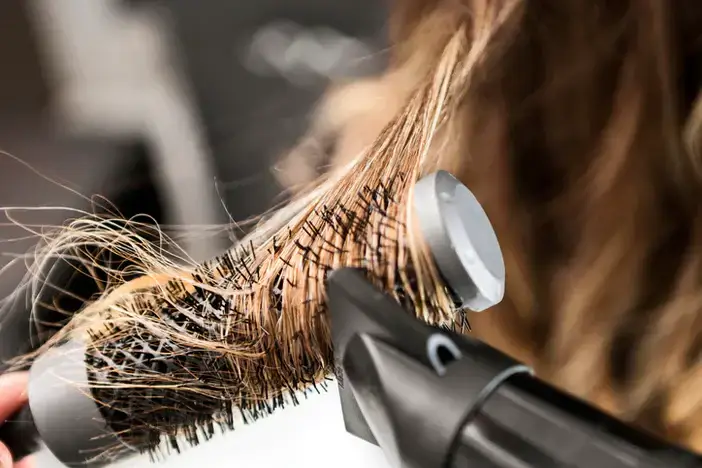
Excessive heat can damage hair, leading to breakage and split ends. Opt for air drying or use a blow dryer on a cooler setting. If using heat, apply a heat protectant product to minimize damage. Patting hair dry gently with a towel, rather than rubbing, can also reduce breakage.
Weekly Treatments for Optimal Health
Deep Conditioning: Methods and Benefits
Deep conditioning treatments penetrate deeper into the hair shaft to repair, moisturize, and strengthen hair. Using a deep conditioner once a week can help improve hair texture, reduce frizz, and increase shine.
Scalp Treatments: DIY Recipes

Healthy hair starts with a healthy scalp. DIY treatments like exfoliating sugar scrubs or nourishing oil massages can stimulate circulation, support hair growth, and soothe scalp issues.
Protein Treatments: When and How
Protein treatments help repair damaged hair by filling in gaps in the hair cuticle. Use protein treatments sparingly—every 4 to 6 weeks—since too much protein can make hair brittle. It’s essential for those with damaged or chemically treated hair.
Natural Ingredients for Hair Nourishment
Oils for Every Hair Type
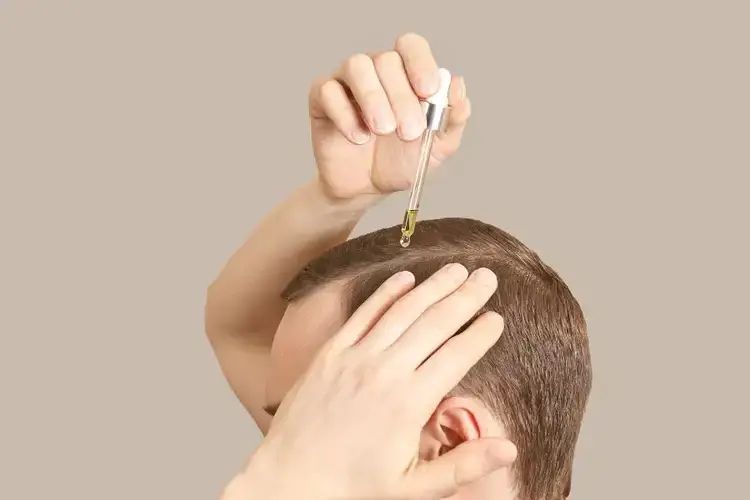
Natural oils like coconut, argan, and jojoba can be matched with specific hair types for deep nourishment. They can be used for pre-shampoo treatments, to smooth frizz, or as a scalp massage to stimulate growth.
Herbs and Supplements for Hair Growth
Supplements containing biotin, vitamin E, and other hair-boosting nutrients can support hair health. Herbs like rosemary and peppermint, used in oils or rinses, can promote scalp health and hair growth.
Homemade Hair Masks: Recipes for Shine and Strength
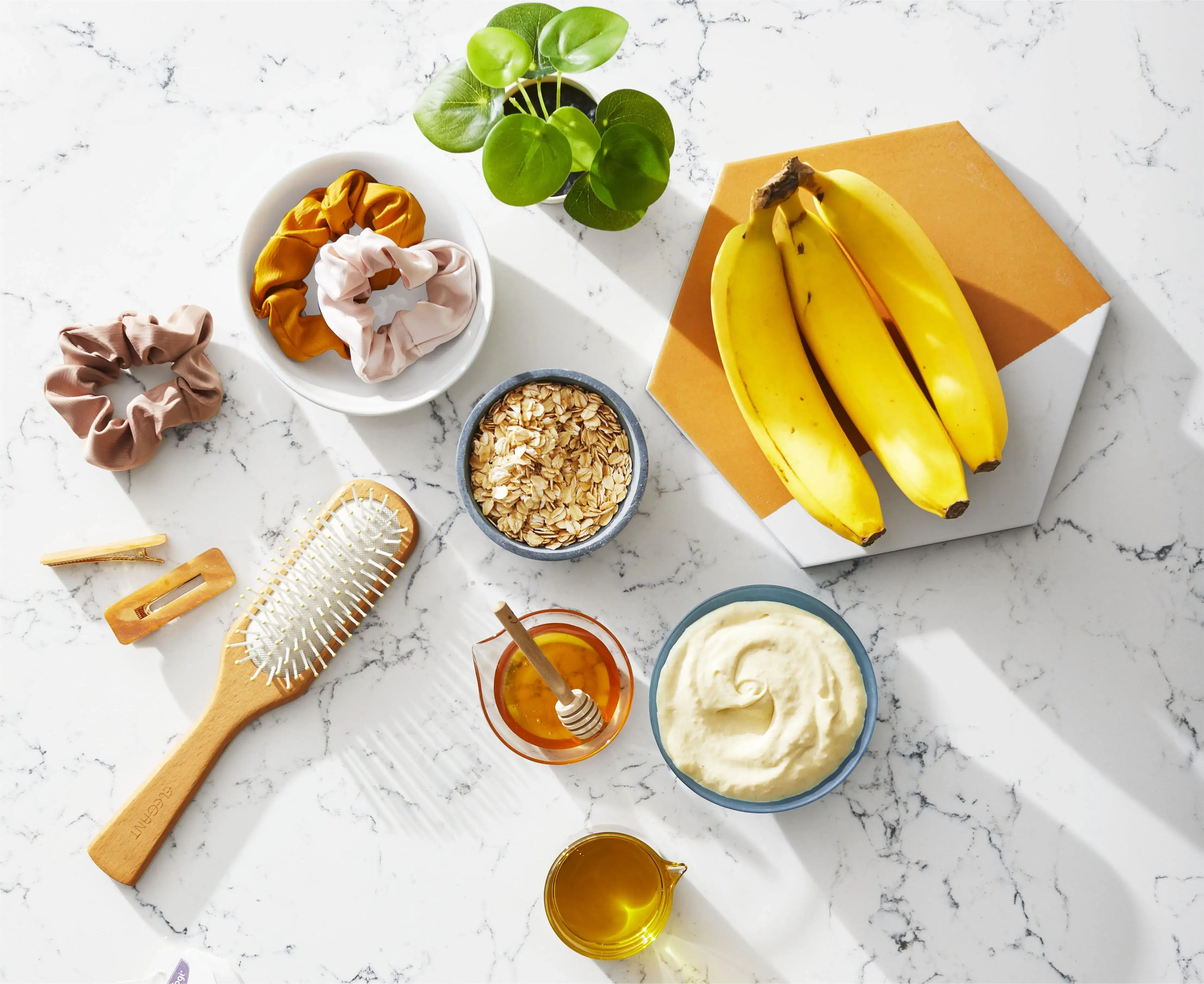
Homemade hair masks, using ingredients like avocado, honey, and banana, can provide intense moisture and nourishment. Tailoring these masks to your hair’s needs can transform its health, offering a natural, cost-effective solution to common hair concerns.
Protecting Your Hair from Damage

Heat Styling: Protection and Alternatives
Heat styling tools such as flat irons, curling irons, and blow dryers can cause significant damage to your hair, stripping it of moisture and leading to breakage. To minimize damage, always use a heat protectant spray before styling and consider lowering the temperature on your devices. Alternatives to heat styling include air drying, using rollers for curls, or trying heatless braiding techniques for waves. Embrace methods that allow your hair to style itself naturally, preserving its health and integrity.
Chemical Treatments: Cautions and Care
Chemical treatments, including dyes, relaxers, and perms, alter the structure of your hair, which can lead to long-term damage if not properly managed. To protect your hair, limit the frequency of these treatments and always follow up with deep conditioning. Seek professional advice when applying chemicals to ensure it’s done correctly, and consider semi-permanent options that are less damaging.
Environmental Factors: Sun, Sea, and Air

Exposure to the sun, saltwater, and pollution can have detrimental effects on your hair. Protect your locks by wearing a hat or scarf when out in direct sunlight for prolonged periods. Rinse your hair with fresh water after swimming in the sea to remove salt and avoid buildup. Finally, regular washing and conditioning can help remove pollutants; consider using a clarifying shampoo once a month to detoxify your hair and scalp.
Styling Without Compromise
Gentle Styling Tools and Techniques
Opt for wide-tooth combs and brushes with natural bristles to detangle and style your hair gently. Avoid pulling or tugging, especially when your hair is wet and more vulnerable to breakage. Instead, detangle gently using your fingers or a detangling spray.
Natural Styling Products: A Guide
Incorporate natural styling products such as aloe vera gel, shea butter, and argan oil into your routine. These products not only hold your style but also nourish your hair throughout the day. Look for formulations free from harsh chemicals and alcohols, which can dry out and damage hair over time.
Embracing Your Natural Texture
Discover the beauty in your natural hair texture by adopting care and styling practices that enhance rather than alter it. This might involve experimenting with different product combinations or cuts that showcase your natural volume, curls, or waves. Learning to work with your hair’s inherent qualities can lead to healthier, more vibrant hair.
Special Care for Different Hair Types
Curly and Coily: Embracing the Curls
Curly and coily hair types require moisture to thrive. Use leave-in conditioners, and creams to keep your curls hydrated and defined. Regular deep conditioning treatments can also maintain the elasticity and health of your curls. Embrace techniques like the “LOC” method (liquid, oil, cream) to lock in moisture.
Fine and Thin: Volume and Care
For fine and thin hair, lightweight volumizing products can add body without weighing hair down. Consider a layered haircut to create the illusion of thickness and avoid heavy oils or creams. Scalp massages can stimulate blood flow and promote hair health, potentially aiding in volume and growth.
Thick and Coarse: Managing and Styling
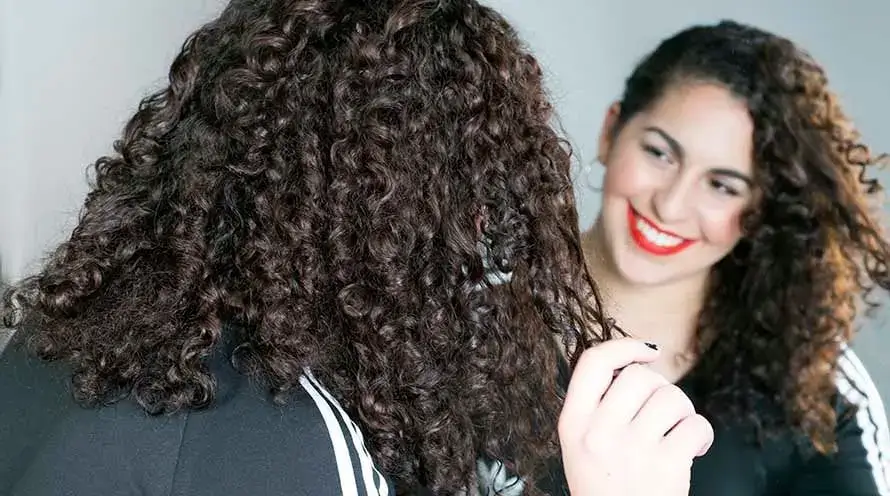
Thick and coarse hair often requires more intensive moisture and detangling efforts. Heavy creams and oils can be beneficial, as can regular deep conditioning treatments. Utilize protective styles that keep your hair manageable and reduce the need for daily styling, which can lead to damage.
Troubleshooting Common Hair Concerns
Dandruff and Scalp Issues
Dandruff can often be addressed with over-the-counter shampoos containing active ingredients like ketoconazole, selenium sulfide, or zinc pyrithione. For persistent scalp issues, a change in diet or lifestyle, or consulting a dermatologist may be necessary.
Split Ends and Breakage
Regular trims are the most effective way to deal with split ends and prevent further breakage. Minimize the use of heat styling tools and harsh chemical treatments, and strengthen your hair with protein treatments or conditioners designed to repair damage.
Hair Loss and Thinning
Hair loss can be caused by a variety of factors, including genetics, stress, and nutritional deficiencies. Treatments vary widely, from topical treatments like minoxidil to lifestyle changes or professional medical advice. Ensuring a diet rich in vitamins and minerals can also support hair health.
Advanced Hair Care Tips
Seasonal Hair Care Changes
Your hair care routine should adapt to the changing seasons. Winter calls for increased moisture to combat dry air, while summer might require more frequent washing and protective styles to deal with humidity and sun exposure. Adjust your products and practices accordingly.
When to See a Professional
If you’re experiencing significant hair loss, drastic texture changes, or persistent scalp issues, it’s time to see a professional. Dermatologists and trichologists can offer diagnoses and specialized treatments that go beyond over-the-counter products.
The Future of Hair Care: Trends and Innovations
Stay informed about the latest in hair care, from advancements in hair restoration treatments to the development of eco-friendly products. The future promises more personalized hair care solutions, emphasizing health, sustainability, and technology.
Conclusion
Developing a personalized hair care routine involves understanding your hair’s unique needs and responding with the right practices and products. This guide serves as a foundation, but experimentation and adjustment are key to finding what truly works for you. Listen to your hair, and don’t be afraid to adjust your routine as your hair or lifestyle changes.
Compile a list of trusted resources and product recommendations based on your research and personal experience. Consider including links to online forums, professional hair care sites, and reviews of specific products that align with the advice given in your blog. Remember to encourage readers to patch test new products and consult professionals when in doubt.
Popular Post

Ultimate Guide to Using a Hair Dryer with Nozzle for Styling
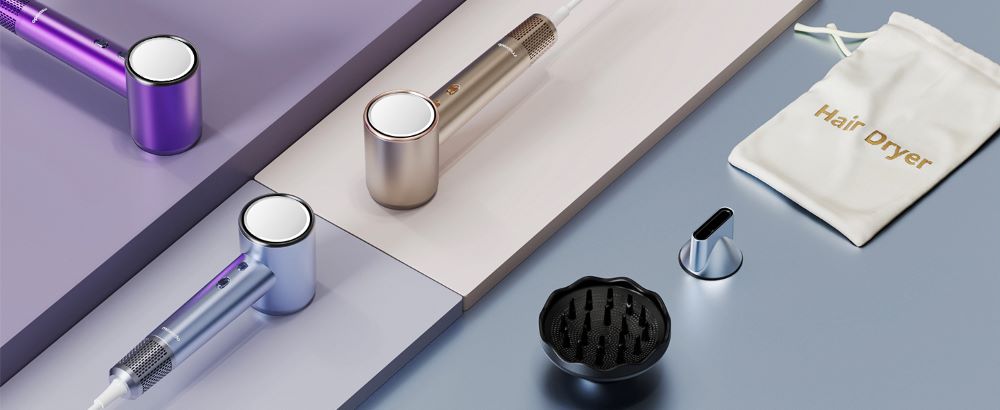
The Benefits of Using a Hair Dryer with a Diffuser
